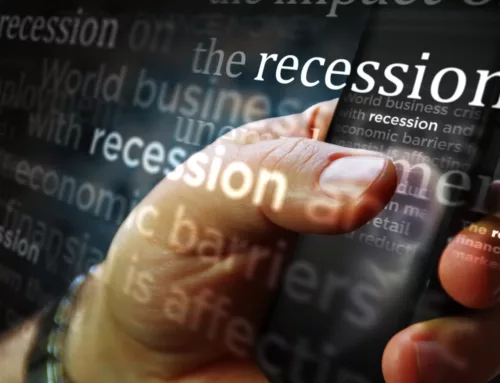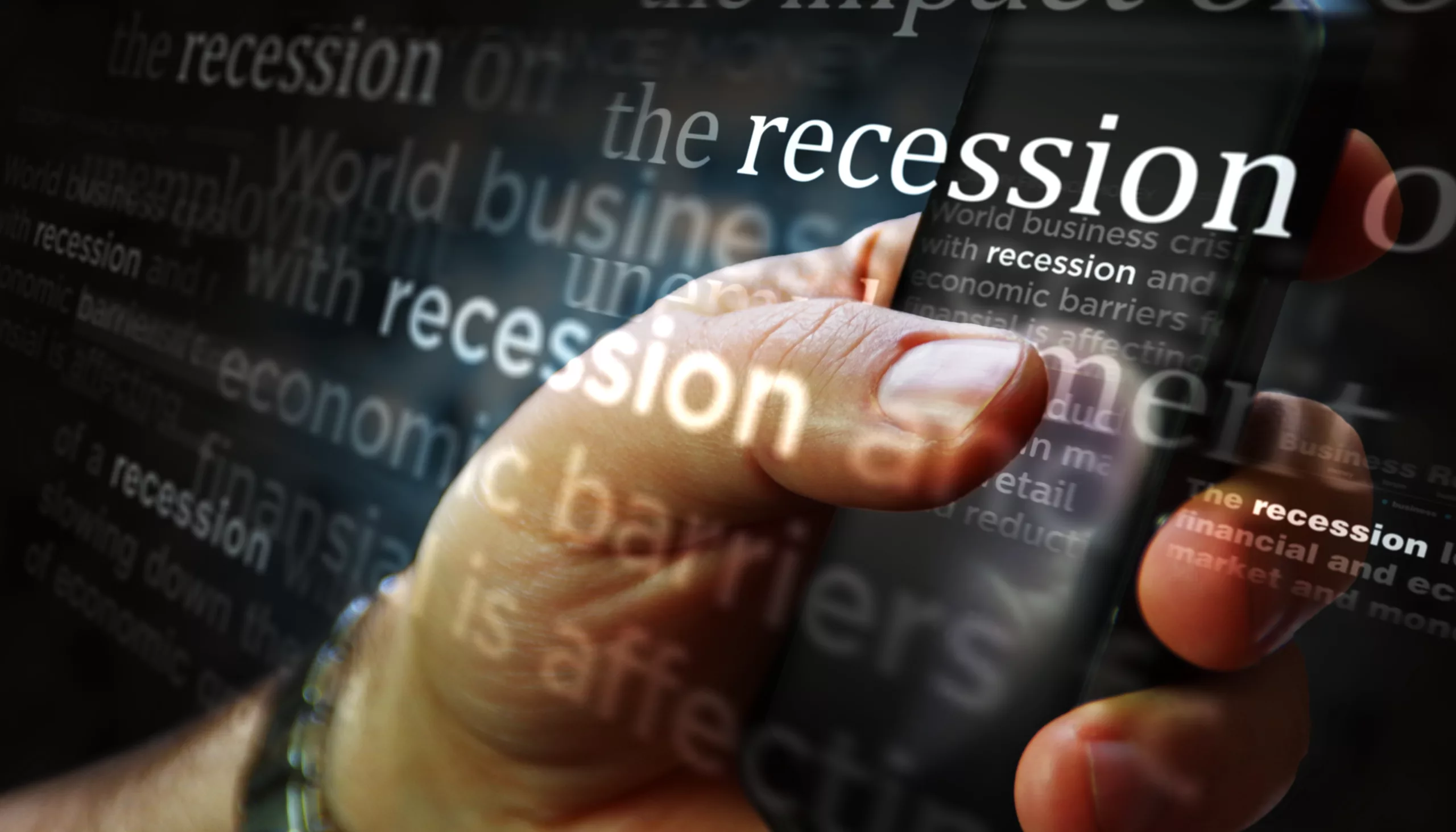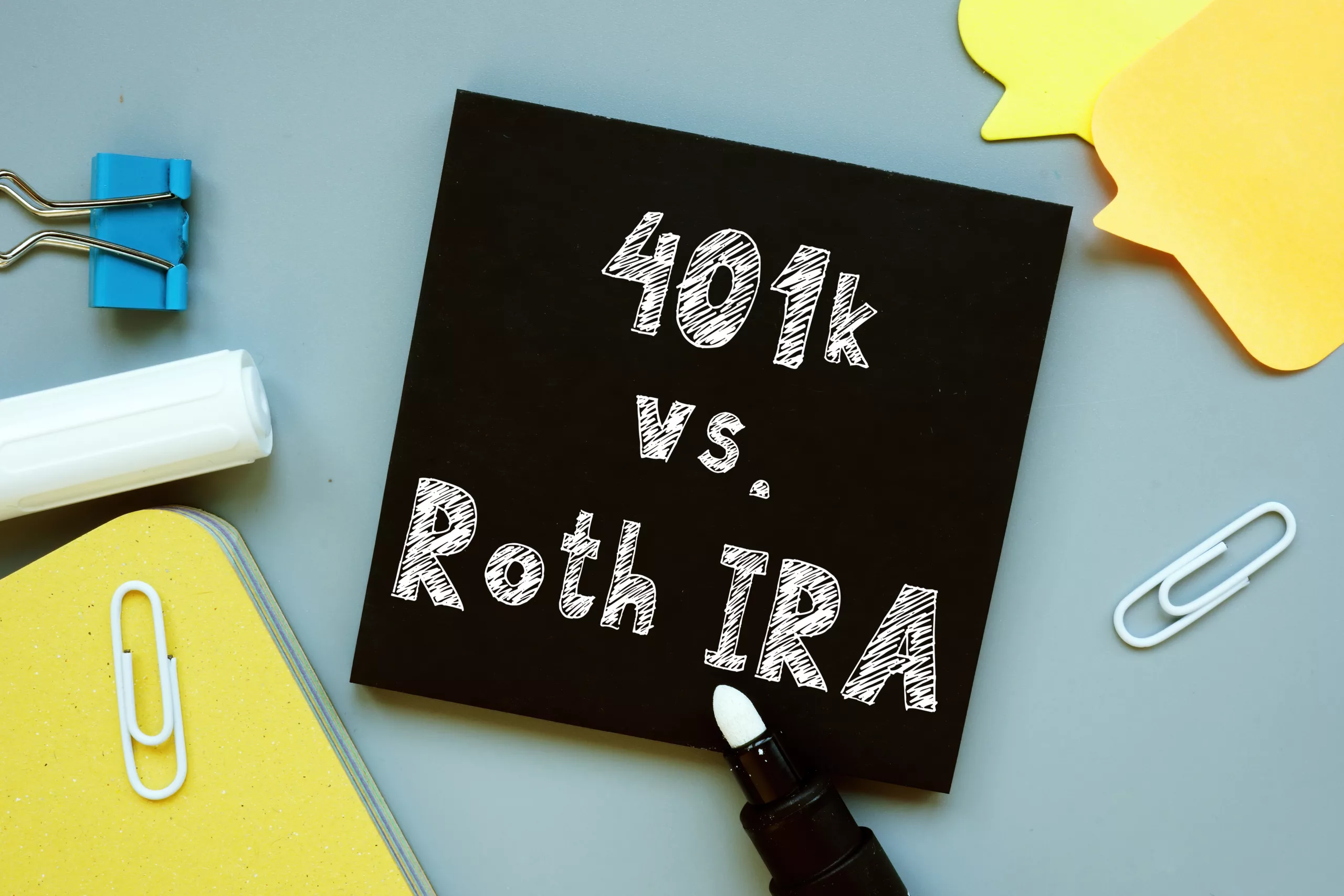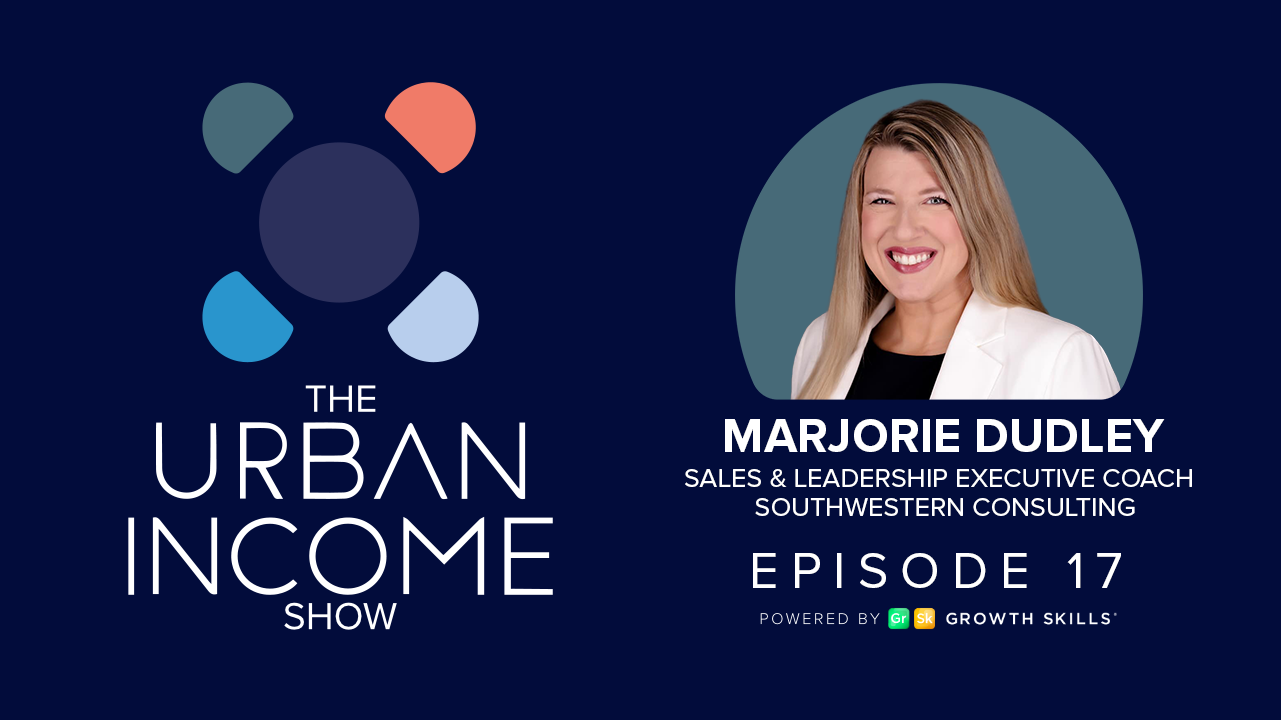How To Create a Personal Budget
If you had to pick a single tool for getting your saving and spending under control, knowing how to create and manage a personal budget is always the best bet. It’s straightforward, dependable, and 100% effective — to start, all you have to do is figure out how much you make, how much you spend, and what goals you have.
You may be already planning for retirement (kudos!) or want to create a college fund for a child. Maybe you’re trying to make ends meet on a paycheck-to-paycheck income or simply don’t want to wonder how much you can get away with spending this month.
These are all valid reasons to create a budget. Here’s how:
1. Calculate Your Net Income
Your net income is different from your gross income. Your gross income is your raw paycheck and doesn’t account for deductions like health insurance, taxes, and retirement plans. Net income, on the other hand, is your actual take-home pay after these deductions. For obvious reasons, it’s a far more useful metric.
If your income isn’t regular — you work odd jobs, are self-employed, or have multiple different streams of income that vary month to month — start by collecting every contract and paycheck you’ve earned over the past several years. After deducting expenses from those paychecks, add them all up and divide by the number of months to get an average monthly net income.
2. Calculate How Much You’re Spending
You have your net income calculated. Now it’s time to figure out where that money is going each month.
To accomplish this, we’ll start with fixed expenses. These are the payments that come out month after month no matter what — non-negotiable expenses. They include things like:
- Car payments
- Childcare
- Rent or mortgage payments
- Utilities
- Insurance premiums
- Student loan payments
Now it’s time to list variable expenses. Here things get a bit trickier, but it’s not that hard to arrive at some useful figures. Calculate how much you tend to spend each month on:
- Groceries
- Gasoline
- Eating out at restaurants
- Travel
- Entertainment
- Cigarettes and alcohol
- Subscription services
If you’re paying close attention, you’ll see two distinct categories in the list of variable expenses. Let’s call them wants and needs. Things like restaurant dining, travel, entertainment, and, dare we say, even cigarettes and alcohol are wants. Groceries and (mostly) gasoline are needs.
This is important because we’re going to start figuring out where you can cut back on certain costs. Variable expenses are the best place to start, and if the idea of giving up certain luxuries makes you glum, keep this in mind: most people report that the benefits of saving make sacrificing beloved things like entertainment worth it!
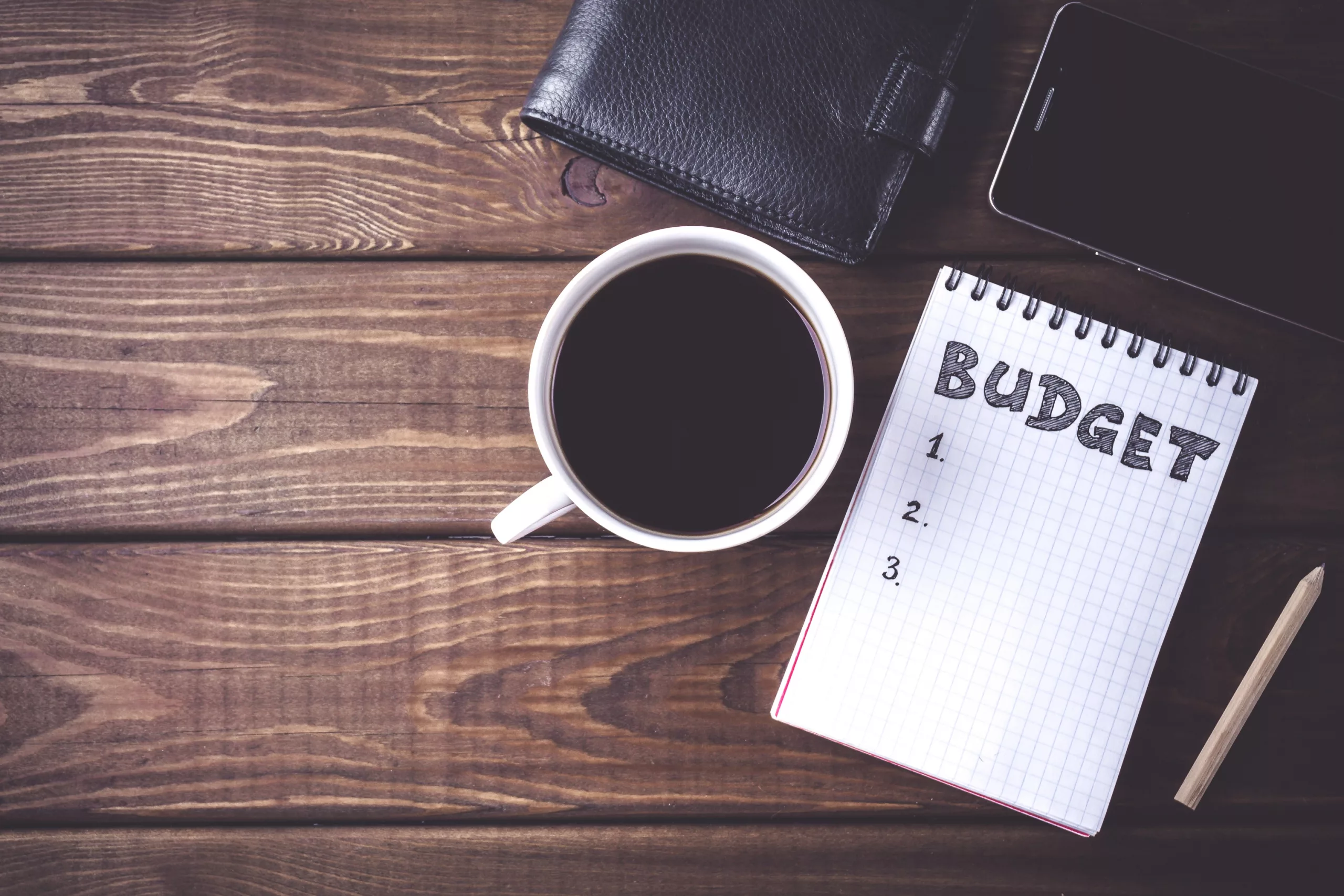
3. Set Budget Goals
Sit back and think for a moment: what are your short-term financial goals? Short-term goals are generally in the 1- to 3-year timeframe. For example, you may want to pay a bit more on your mortgage, save for an emergency fund, or save for an expensive repair on your house.
Now ask yourself about your long-term financial goals. These types of goals may reach several decades into the future. Examples are paying for your child’s education, retiring by a certain age, or maybe even having enough money for a flying car when they finally hit the market.
To save on confusion, it’s time to break out the 50-30-20 Rule:
- About 50% of income should go toward needs
- Around 30% of your income can go toward wants
- Around 20% of your income should go toward savings or debt
4. Make Your Budget Plan
The budget plan is different from budget goals because a plan is actionable — how specifically are you going to accomplish your goals?
Calculate what you’re likely to spend in the coming few months using the figures from your fixed and variable expense lists. Now compare that to your goals. If you follow your current trajectory, will you be able to accomplish your goals?
Usually, the answer is no.
Let’s get surgical. Move to your variable expenses list and find something that isn’t strictly necessary to your life. If you spend $250 a month eating at restaurants, you can cut that by 50% to $125. Over a year, that’s $1,500 in your pocket. Over 10 years, that’s $15,000. Worth it? Probably.
Consumers tend to spend more than they think each month on subscriptions, so pay close attention to how much you’re paying for Netflix, Amazon Prime, and so on. What can you live without?
Finally, see if there are any fixed expenses or needs on which you can cut back. These are generally more difficult. If you want to spend less on gasoline, you can carpool or take public transit. If you want to spend less on utilities, you can wear a sweater inside and turn the thermostat down. You may even be able to refinance your mortgage and achieve a lower interest rate.
Modifications to your fixed expenses can add up substantially, so don’t overlook them.
5. Run the Experiment and Note the Results!
You’ve come up with a game plan. Now it’s time to see how it works in reality.
Over the next month or two, try your budget out and see what life feels like. If you ate out less and started carpooling or biking to work, how did that affect your overall happiness? Were any of your goals unrealistic?
Typically, any sacrifice comes with a benefit. You may be missing your favorite restaurant, but you can become a better cook by preparing more meals at home. Riding your bike is hard on the lungs, but your calves are looking pretty sculpted.
If certain things don’t appear to be working out — not all of us can quit smoking or hop on a bus instead of driving, for example — go back to your expense list and make the necessary changes. You may also switch jobs or have another life change. Same answer: revise your budget. Every couple of months, go back to your budget to make sure you’re on track.
